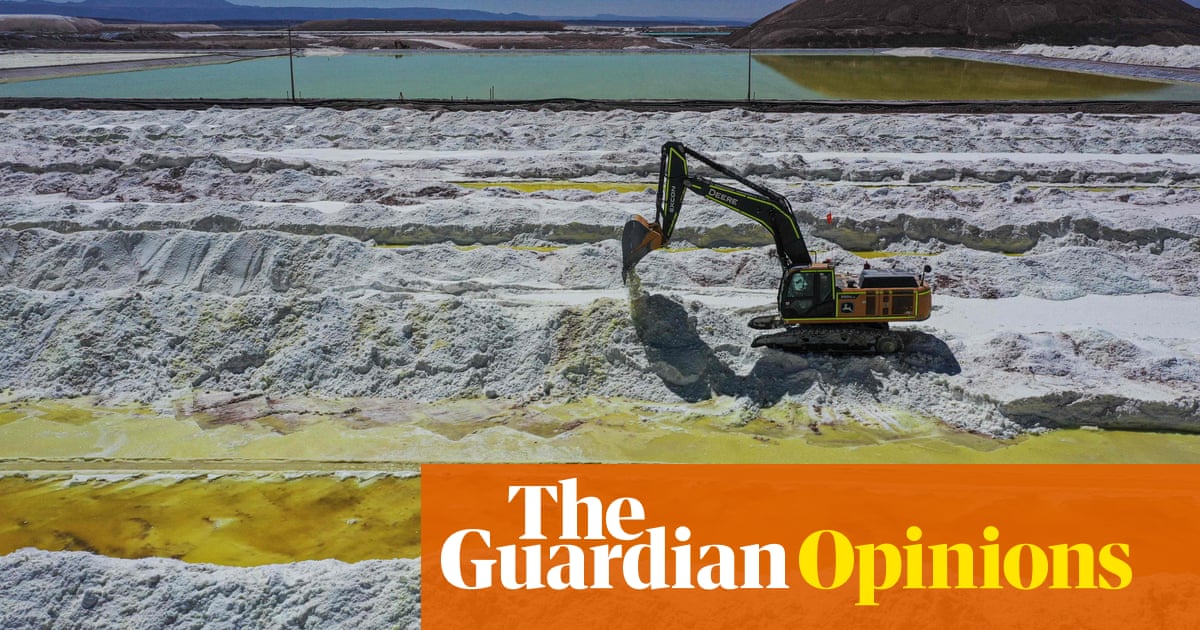Despite its name, the infrastructure used by the “cloud” accounts for more global greenhouse emissions than commercial flights. In 2018, for instance, the 5bn YouTube hits for the viral song Despacito used the same amount of energy it would take to heat 40,000 US homes annually.
Large language models such as ChatGPT are some of the most energy-guzzling technologies of all. Research suggests, for instance, that about 700,000 litres of water could have been used to cool the machines that trained ChatGPT-3 at Microsoft’s data facilities.
Additionally, as these companies aim to reduce their reliance on fossil fuels, they may opt to base their datacentres in regions with cheaper electricity, such as the southern US, potentially exacerbating water consumption issues in drier parts of the world.
Furthermore, while minerals such as lithium and cobalt are most commonly associated with batteries in the motor sector, they are also crucial for the batteries used in datacentres. The extraction process often involves significant water usage and can lead to pollution, undermining water security. The extraction of these minerals are also often linked to human rights violations and poor labour standards. Trying to achieve one climate goal of limiting our dependence on fossil fuels can compromise another goal, of ensuring everyone has a safe and accessible water supply.
Moreover, when significant energy resources are allocated to tech-related endeavours, it can lead to energy shortages for essential needs such as residential power supply. Recent data from the UK shows that the country’s outdated electricity network is holding back affordable housing projects.
In other words, policy needs to be designed not to pick sectors or technologies as “winners”, but to pick the willing by providing support that is conditional on companies moving in the right direction. Making disclosure of environmental practices and impacts a condition for government support could ensure greater transparency and accountability.



Which is actually a very good idea economics-wise but fabs didn’t care much for the longest time because while crucial it’s still a minor part of their operating infrastructure. They had bigger fish to fry.
The thing is if you clean a wafer with ultrapure water, the resulting waste water might have some nasty stuff in it… but tap water has more stuff in it, just not as nasty. They generally need to process the waste water to be environmentally safe, anyway, doesn’t take much to feed it back into the cycle and turn it into ultrapure, again.
Side note in case you’re wondering what it’s like to drink that kind of water: It’s basically a novel way to burn your tongue. The osmotic pressure due to lack of minerals will burst cell walls but you’re not a microorganism so you’ll most likely be fine and the load on your overall mineral stores is only marginally higher than when drinking ordinary water, we get the vast majority of our minerals from food.
I’d say it is but more along the lines of feeding waste heat into district heating. Someone can shower with those CPU cycles.